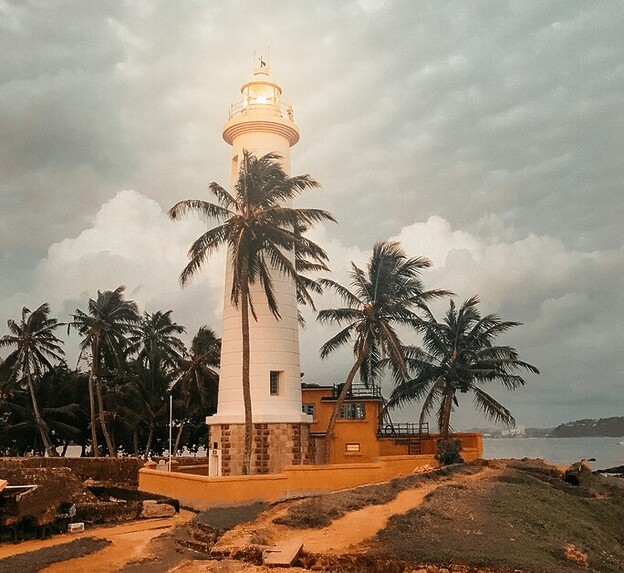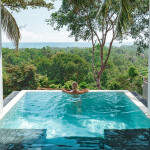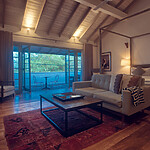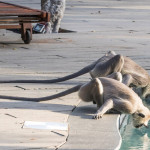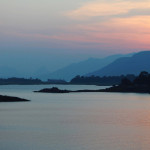Sarah Kingdom visits Galle, Sri Lanka’s fortified walled city.
At the southernmost tip of the Sri Lanka and surrounded on three sides by ocean, the walled and cobblestoned city of Galle is a must on any visit to this tiny, tear drop shaped country. Built by the Dutch in 1663, the imposing Galle Fort is the largest and best-preserved sea fort in all of South Asia.
A UNESCO World Heritage Site, Galle’s origins are ancient. As a seaport, it dates back millennia; cinnamon has been shipped from here for a thousand years, and it was to here that King Solomon came for ivory, peacocks and other treasures.
Known as Gimhathiththa before the arrival of the Portuguese, after Portuguese and then Dutch colonization, Galle became a hotspot on the spice route and remained Sri Lanka’s primary port for 200 years, until the arrival of the British, who shifted the main port to Colombo. Inside the Galle Fort you’ll still find Dutch Colonial buildings, ancient mosques, churches and museums, though the spice traders and merchants have now been replaced by a cosmopolitan crowd of artists, writers and designers. The area has undergone quite a renaissance and is bursting with cool cafes, bohemian boutiques, and buzzing bars.
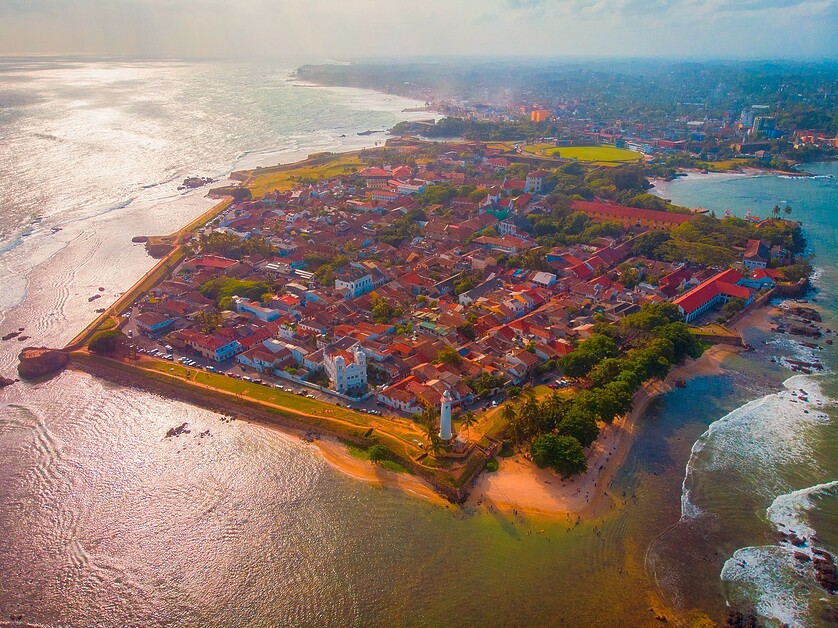
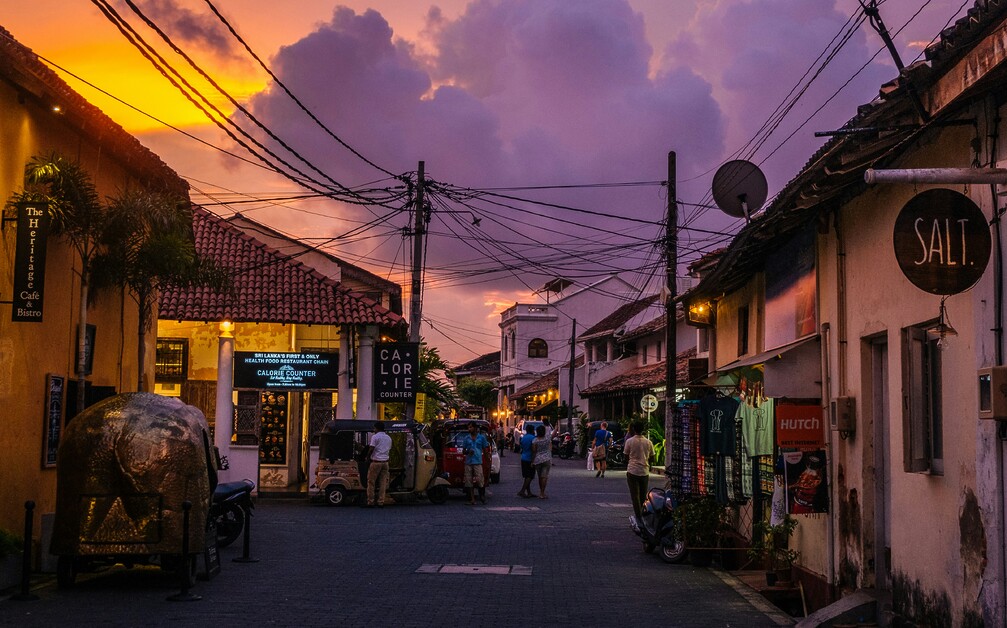
Nowadays Galle is a tale of two cities, the old town and the new. There’s colonial-era nostalgia of the old town, with its fusion of European architecture and South Asian traditions, tucked inside a coral and granite walled seventeenth century fort – many come to Galle just to wander the quiet, quaint streets of this living museum. But there’s also the bustling new town where you’ll find the Old Dutch Market, housed in a 300-hundred-year-old colonial style building.
The market is one of the oldest in the country and a good place to experience a real Sri Lankan marketplace. Also known as Green Market, this is the place to go for exotic fruits such as rambutan, soursop, durian, mangosteen and wood-apple, all favourites with local shoppers. The adjoining fish market and spice stalls are also worth a visit.
Being a port city, fishing is also a big part of Galle’s economy and culture. Just outside the fort, you’ll find rainbow-coloured, traditional Sri Lankan fishing boats docked. 20 minutes from Galle is Koggala, where the famous stilt fishermen can be seen perched in the ocean on their frames – made from sticks and twine.
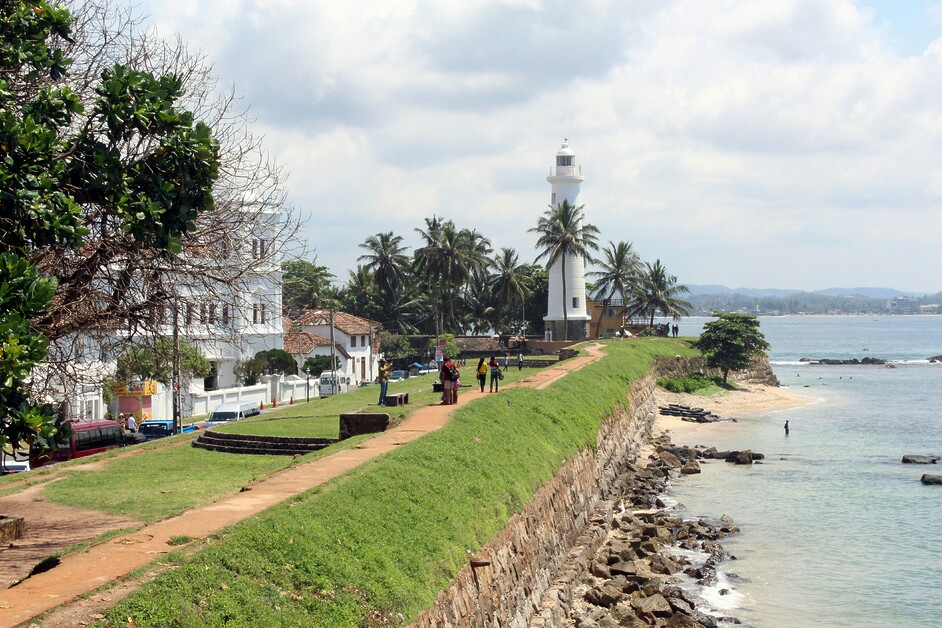
This age-old art isn’t practised commercially as it used to be and is rather popular with the Instagram crowd. (Tips are usually requested, so take a little spare change). Galle’s coastline is also a good spot for beach-lovers, so head to the sea if you fancy a spot of surfing or whale watching. The beach town of Unawatuna, is only a short rickshaw or bus ride away from Galle Fort, but has a very different vibe, with its palm-lined shores and turquoise waters.
If the chance presents itself a must-do is to catch a cricket match. The stadium in Galle is not only one of the most beautiful cricket grounds in the world, but it’s also considered one of the luckiest for the Sri Lankan national team.
Cricket was originally introduced to Sri Lanka by British colonialists in the 19th century (it’s believed that the first cricket match in the country was played in 1832!). The Galle International Stadium was built in 1876 and has been remodelled over the years. It was destroyed by the 2004 tsunami, as much of Galle was, and the grounds became a temporary shelter for those left homeless. Rebuilt and finished in 2007, you can watch cricket matches from the walls of the Galle Fort walls, or obviously from within the stadium itself.
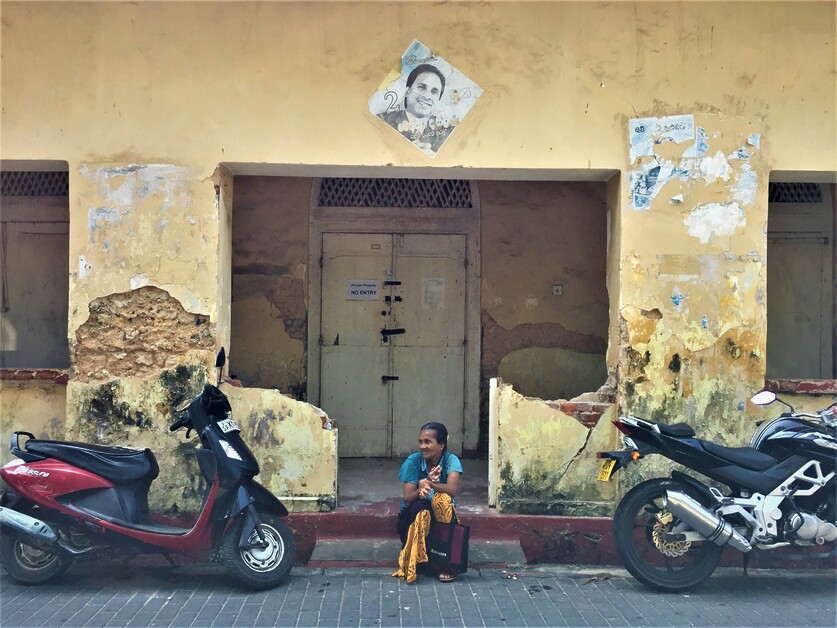
Wander the streets of the old town. The magnificent gabled Dutch Reformed Church, the ochre-coloured Old Dutch Warehouses, the Galle Dutch Hospital, and Law Court Square with its ages-old banyan trees. Climb the ramparts at Aurora Bastion, pass the slender lighthouse and end up at Moon Bastion, which overlooks the new town and the cricket ground. Swim, surf, fish, visit markets, shops and quirky cafés, and in the evenings, drink arrak, made from the fermented sap of coconut flowers. This town really has it all – historical colonial sights, meditative temples and sandy beaches – what more could you ask for?
Tell me more about Galle in Sri Lanka
Please visit the official Sri Lanka Tourism Bureau for more information on Galle and the rest of the country.
Bandaranaike International Airport is Sri Lanka’s only international airport. It services all the main international airlines. Once you have landed in the country though, you will need to travel by road (or train) when getting around the rest of the country, as there are no domestic scheduled flights within Sri Lanka (self-driving is not recommended).
Galle Fort is 113km from Colombo and is approximately three hours by road. If you plan your Sri Lanka travels through a reputable company like Jacada they will put together an itinerary for you, like this one, that will have you accompanied by an English-speaking chauffeur guide, taking all the guesswork and stress out of any driving.
You can hire a private car and driver, which your hotel should be able to organise for you, and this will cost you between $50 and $100, depending on your requirements.
There are several trains each day from Colombo to Galle. The average journey takes just over 2 hours and tickets cost between $5 and $10 depending on class. You can book tickets online.
Sri Lankan Airlines flies daily from London’s Heathrow to Colombo non-stop.

